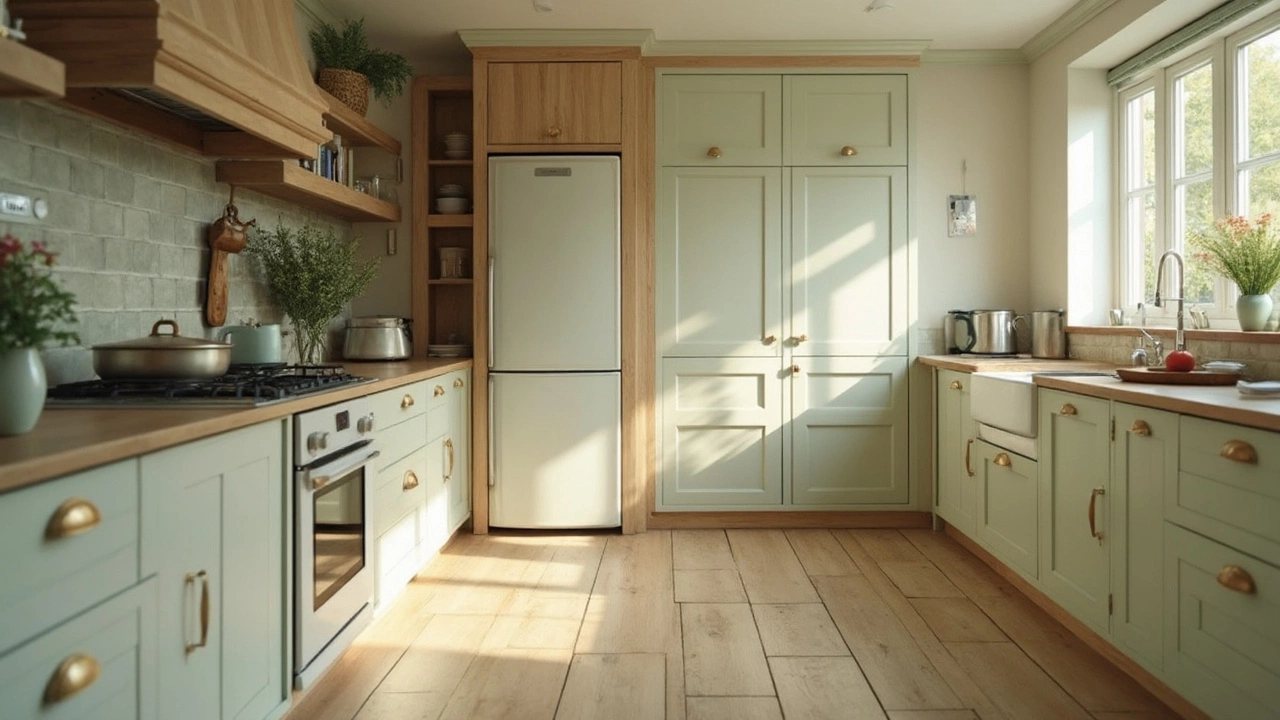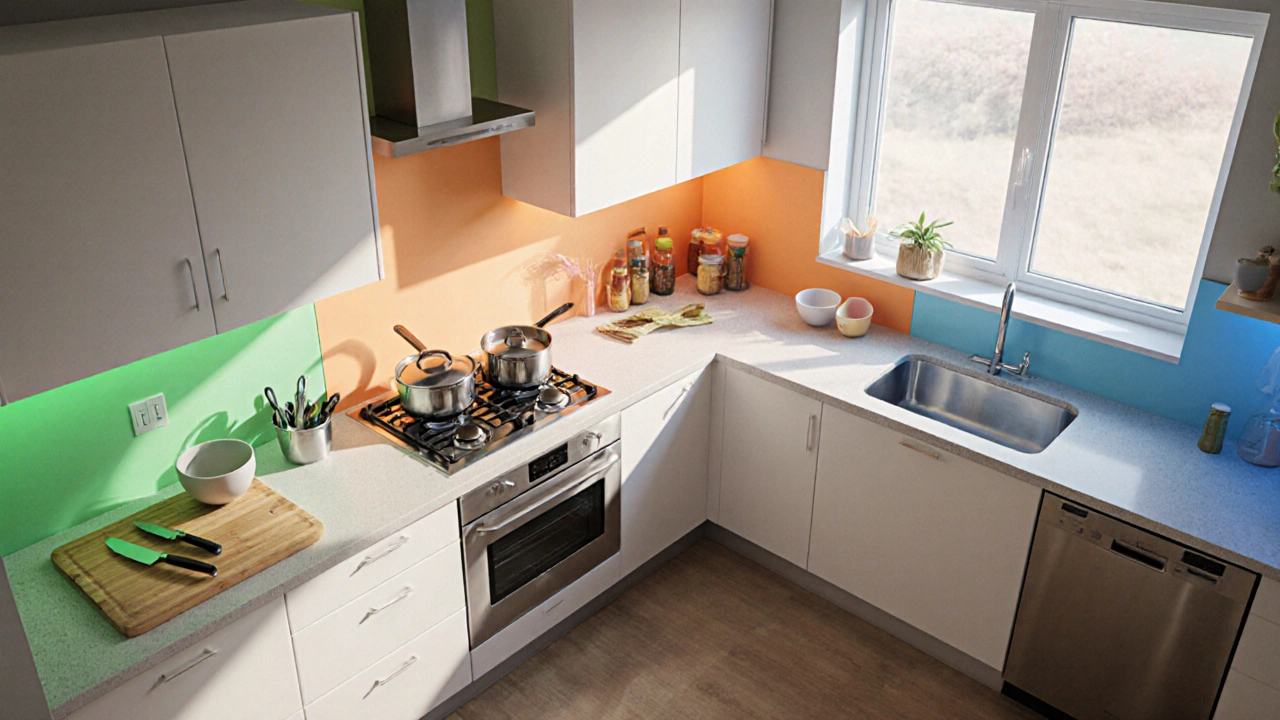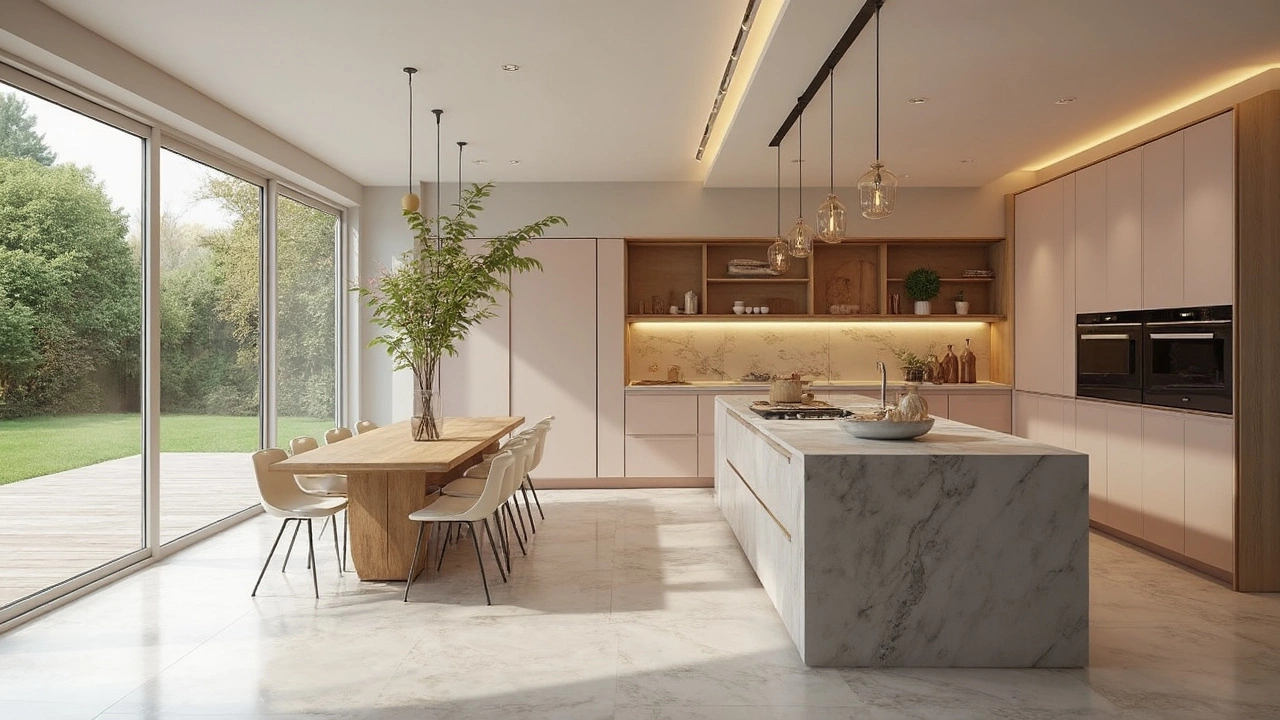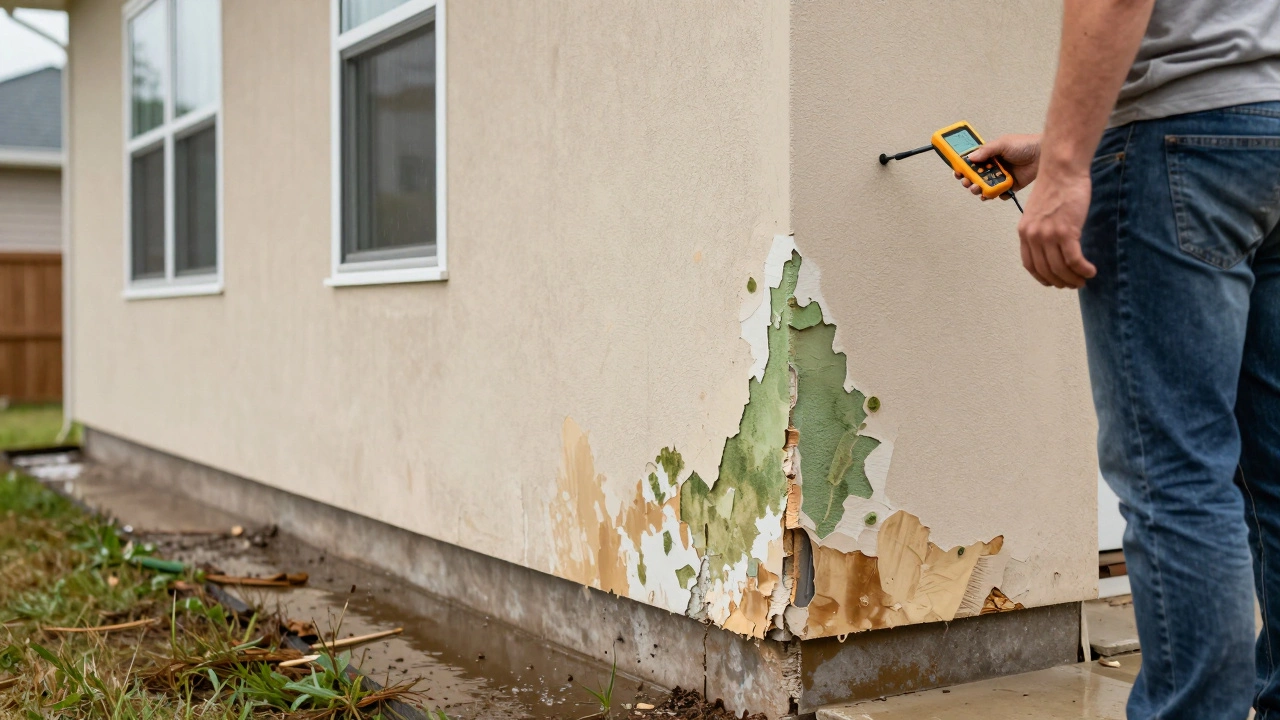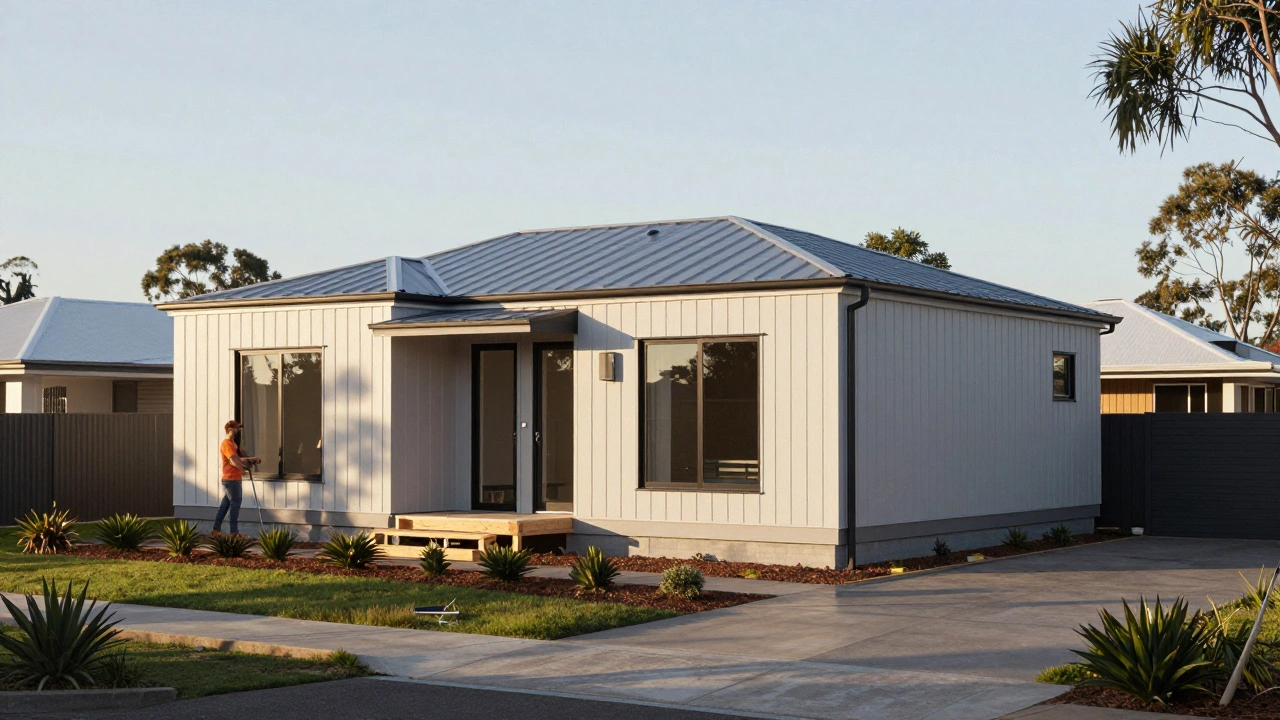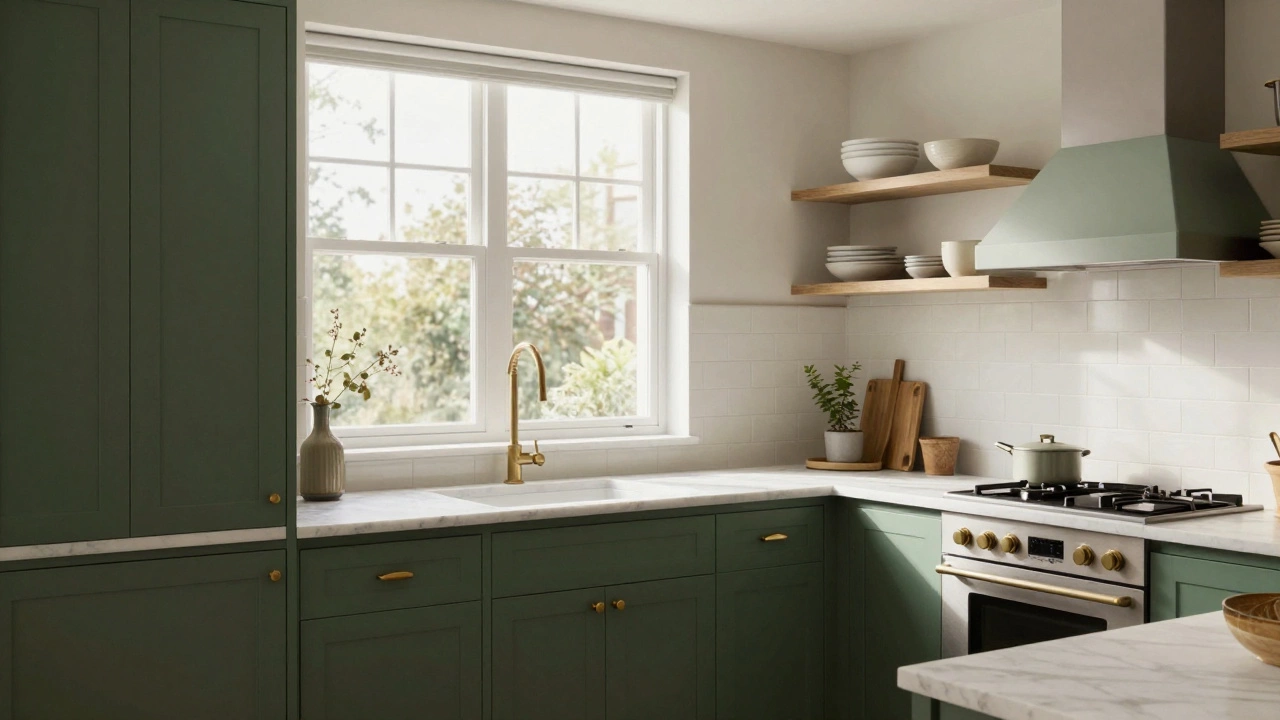Placing a refrigerator might seem like a no-brainer, but getting it wrong can mess up your kitchen's vibe and efficiency. First up, steer clear of heat sources. Picture this: you place your fridge right next to your oven. Not only does it make your fridge work overtime, but it’s like wearing a sweater in summer—not fun for anyone.
Another spot to avoid? Anywhere soaking up the sun. We all enjoy a sunbeam, but your fridge doesn’t. Direct sunlight through a window might warm you up, but it can skyrocket your fridge's energy use, squeezing your electric bill and wearing out the appliance faster.
- Heat Sources: The No-Go Zone
- Avoiding Direct Sunlight
- Clear the Corners
- Flow of Traffic
- Proximity to Workstations
- Ensuring Ventilation
Heat Sources: The No-Go Zone
Imagine a cool drink on a hot day—your fridge keeping that promise alive. But placing your fridge near heat sources like ovens, stoves, or dishwashers is like throwing a wrench in that plan. Your refrigerator has to work harder to keep cool, leading to higher energy bills and a shorter lifespan for the appliance.
Why Heat Sources are a Problem
Heat makes refrigerators lose their efficiency. The warmth from kitchen design elements like ovens or dishwashers can seep into your fridge, making it kick into overdrive to keep temps down. The more your fridge hustles, the more electricity it burns through, which isn't great for the planet—or your wallet.Practical Placement Tips
Want to avoid these issues? Here are some quick tips:- Maintain distance: Keep the fridge a solid few feet away from any ovens or burners.
- Barrier zones: If space is tight, use cabinets or heat-insulating materials as buffers.
- Spot check: If unsure about a spot, put a thermometer there. If it’s too warm, find a cooler alternative.
A good rule of thumb is ensuring your appliance arrangement aligns with the spaciousness of your kitchen layout, offering breathing room to reduce inefficiency.
Avoiding Direct Sunlight
So, you might ask why avoiding direct sunlight for your refrigerator placement is such a big deal. It's simple—sunshine, though lovely, heats things up fast. When your fridge sits in the sun's hot path, it ends up working overtime to stay cool inside, leading to increased energy use and possible wear and tear.
Why It's Problematic
Look, a refrigerator is meant to keep your groceries cool, not battle the sun. If it's constantly heating up from direct sunlight, it's pretty much like your fridge is jogging all day long—exhausting and not efficient. This can lead to quicker breakdowns and frequent repairs. Plus, it hikes up your electricity bills, which nobody wants.
Spotting Sneaky Sun Traps
To avoid this, check out your kitchen layout during different times of the day. Do you have a spot where the sun sneaks in like a ninja? Avoid placing your refrigerator there. If there is no choice, consider adding blinds or curtains to block out the sun during peak hours.
Energy Savings
By dodging sunlight, you actually extend the lifespan of your refrigerator and save on energy costs. Did you know that older refrigerators can consume up to 1,000 kWh a year? Keeping these energy monsters out of the sun can make a real difference!
| Refrigerator Type | Energy Consumption (kWh/year) |
|---|---|
| Older Models | 700-1,000 |
| Modern Energy Efficient Models | 400-600 |
In essence, plan smart and keep that refrigerator happy in a sun-free corner of your kitchen. Your wallet and the environment will thank you.
Clear the Corners
Ever thought about placing a refrigerator in a corner? It seems practical, right? Out of sight and out of the way. But here's the deal—it's a trap! When you tuck away your fridge in a corner, you’re risking a lot of inconvenience and inefficiency.
First up, corners can restrict airflow. Good airflow is essential for maintaining the efficiency of your refrigerator. Blocked vents make the fridge’s motor churn harder, shortening its lifespan and driving up your energy costs. It’s like forcing someone to run with a straw to breathe through. No bueno.
Also, think about door clearance. If the fridge is jammed into a tight spot, the doors can't fully open, making it tough to reach all those goodies inside. Imagine trying to pull out that giant Thanksgiving turkey, only to wrestle with the door jams.
Finding the Right Spot
When situating a refrigerator, you want to aim for a place where there’s enough room around it for airflow and ease of use. Leave about two inches of space behind and on the sides. This will help maintain the appliance’s efficiency and make sure you can swing those doors wide open without a hitch.
In essence, avoiding corners when placing your fridge makes daily usage smooth and keeps your kitchen flow seamless. And who doesn’t want a smooth flow while grabbing a late-night snack?
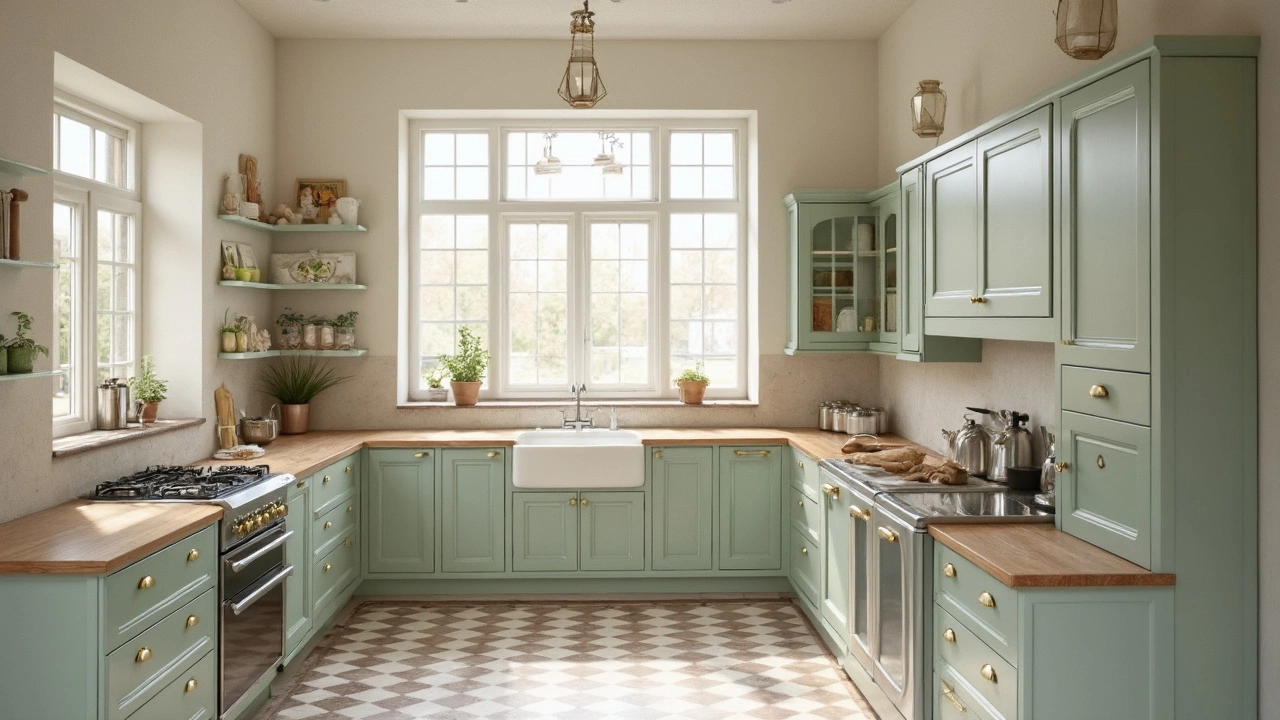
Flow of Traffic
Your kitchen is more than a cooking space; it's a bustling hub where magic happens, but it can turn into chaos if you block the flow of traffic. Ever tried to maneuver around a too-close refrigerator door while carrying a pot of boiling pasta? Yep, not ideal.
Think of your kitchen as a busy road. You need to keep the lanes clear to avoid accidents. Placing your fridge in a high-traffic area might result in culinary traffic jams, especially during family dinners or weekend brunches. Nobody wants to dodge fridge doors or squeeze past each other when grabbing a midnight snack.
Consider the work triangle theory. It’s the golden rule of kitchen design where your fridge, stove, and sink form a triangle. This should be your guideline—an unobstructed path means efficiency, and your fridge shouldn't be a roadblock.
Tips to Enhance Traffic Flow
- Measure space: Ensure there’s enough room for the fridge door to swing open without hitting anything or anyone.
- Keep clear paths: Set up your kitchen in a way that traffic can flow around the fridge easily, even during peak kitchen rush hours.
- Consider fridge width: Larger units can overtake space meant for movement, so factor in width when picking a spot.
Remember, the appliance arrangement in your kitchen should help, not hinder, your daily routines. By optimizing the flow of traffic, you not only enhance functionality but create a more pleasant cooking and dining atmosphere.
Proximity to Workstations
Ever notice how a well-placed refrigerator can change the way you cook and work in the kitchen? That's because keeping your fridge near key workstations makes life a heck of a lot easier. Think about your usual kitchen routine. Where do you typically prep your meals? Is your fridge far enough that it feels like a trek every time you need something, or is it perfectly placed to grab and go?
Why It Matters
When planning your kitchen design, ensure the refrigerator placement supports a seamless workflow. Imagine the kitchen like a triangle—your fridge, stove, and sink. This triangle is often referred to as the kitchen work triangle, and getting it right can save you a lot of steps and time.
For instance, when you're preparing a meal, you naturally want easy access to ingredients, cooking surfaces, and cleaning spots. If your fridge is within arm's reach of your countertop, you'll move through your tasks smoothly, without unnecessary detours.
Tips for Optimal Placement
- Place the fridge close to the prep zone, typically the area where you chop and slice veggies. This reduces time and hassle during meal prep.
- Ensure that there’s enough space to fully open your fridge doors without blocking other key areas, like cabinets or drawers.
- Keep it within a reasonable distance from the stove—not too close for heat reasons, but not too far that it feels like a marathon.
Ultimately, a thoughtful layout with your refrigerator near workstations enhances not only efficiency but also turns cooking into a more enjoyable experience. Give it a bit of thought and your future self will thank you every time you whip up a stir-fry or toss together a salad.
Ensuring Ventilation
Alright, let's talk about something that’s often overlooked but super important: ventilation. If your refrigerator can't breathe, it's not going to work efficiently. Why is that? Because these big guys release heat and need space to cool themselves down, otherwise, you’ll be running into a world of problems from higher energy bills to a shorter lifespan of your appliance.
First off, how much space does your fridge need to breathe? Ideally, you should leave at least an inch between the fridge and the wall. On the sides, 1/4 to 1/2 an inch works. And on top, aim for 1 inch. Believe it or not, this simple setup can make a big difference in how well your fridge performs.
Positioning Your Refrigerator
When you’re planning your kitchen, make sure your appliance arrangement leaves room for air to circulate. Avoid boxing in your fridge with cabinets or walls if you can. Also, don’t stack heavy appliances or decorative items on top because they could block the vents. Seems obvious, right? But you’d be surprised how often this gets ignored!
Here’s a quick tip: check the manufacturer's specs. They might have specific recommendations for ventilation.
Common Signs of Poor Ventilation
If you notice your fridge is running hotter than it should, it's a telltale sign it’s not getting enough air. Other indicators include unexpected noise or spikes in electricity usage. If your fridge starts to sound like it's struggling or you get an energy bill that makes you do a double-take, it might be time to rearrange things.
Getting your fridge in the right spot can extend its life and save you money. So, make sure you give it the space it needs!

